Market Trends
Key Emerging Trends in the Automotive Bushing Technologies Market
The Automotive Bushing Technologies Market is an ever-changing landscape with competition gaining momentum among different companies employing various market share positioning strategies. Market share measures how much a company makes from sales within a particular market, making it an important metric in gauging where the firm stands in relation to others operating in it. This strategy is referred to as product differentiation, which aims to develop superior features or durability in the bushing technology products sold by any given company, aiming at not only distinguishing itself from other competitors but also attracting as many customers as possible. They target these differentiating factors through highly specialized materials for their unique properties such as resilience during compression cycles; advanced processes like injection molding that help the smooth integration of individual bushes into composite elastomeric molds; and finally, continuous research and development activities carried out across each unique sector of this business thus sustaining desirability amongst end-users while commanding high premiums relative to rival brands. Another significant aspect of market share positioning is cost leadership, which involves some firms focusing on manufacturing low-cost auto-bushing technologies so that they can sell them affordably without compromising profit margins significantly. In addition, there are growing numbers of partnerships that are forming in this industry, such as between suppliers like direct auto parts producers & other tier 1 suppliers whose operations depend upon producing rubber-metal products, rubber-ceramic parts, and other related NVH components. Strategic alliances are the key to increasing market share in car bushing technologies. The formation of strategic alliances among companies in this sector not only helps in their branding and positioning but also acts as a means to gain a competitive edge against rival firms while still maintaining prices that are acceptable for all customers. The second strategy is market segmentation as it enables companies to identify different areas with unique needs and preferences, thus manufacturing as per the demands of the consumers found there to achieve higher sales volumes than would have been possible without targeting any particular segment of buyers. Additionally, car producers seeking quick growth globally enter new regions where they can tap into new markets, reach out to a larger customer base, and also diversify their revenues from this perspective. Another critical factor for success in new markets is the localization of products and services to meet regional preferences and regulatory requirements. In summary, the Automotive Bushing Technologies Market is highly competitive; hence, companies adopt diverse strategies to position themselves optimally on their market share index. These may include differentiation, low-cost leadership, collaborations in the industry like joint ventures or consortiums, etc., by which a manufacturer utilizes others' strengths so as to improve its competitiveness while expanding its consumer base through complementarily derived from partnering with one's adversary.

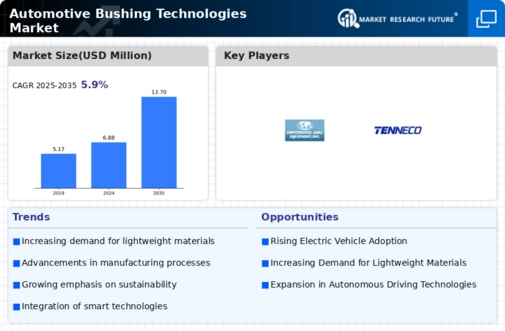
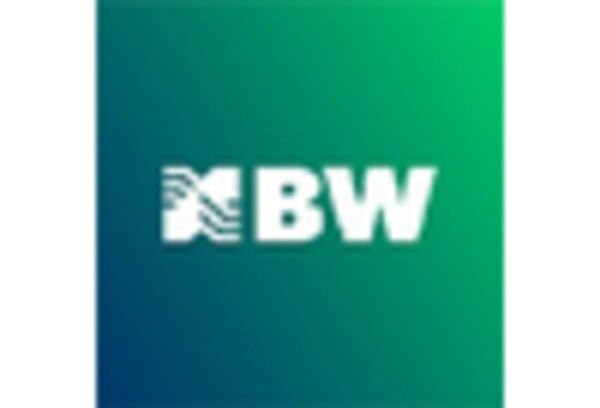

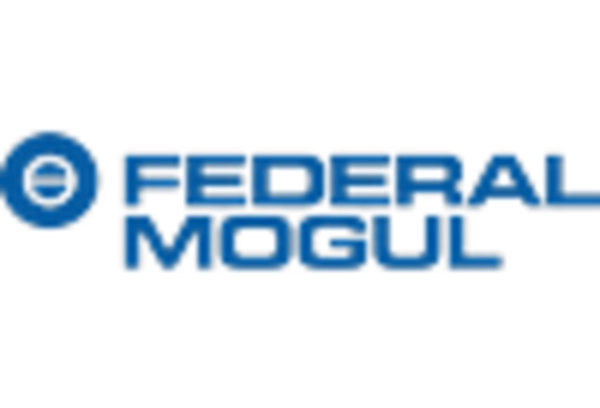
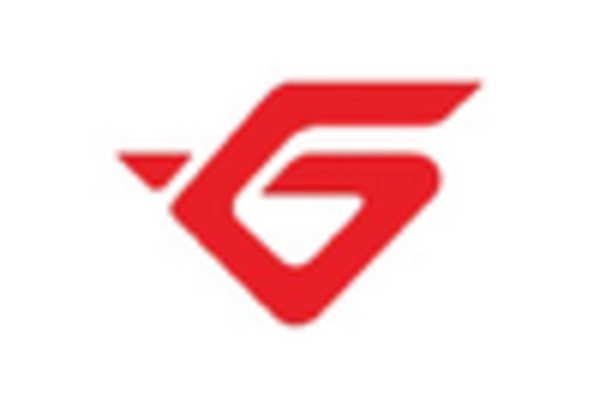
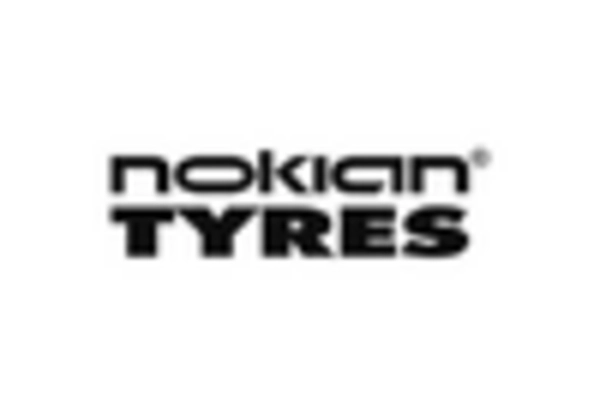
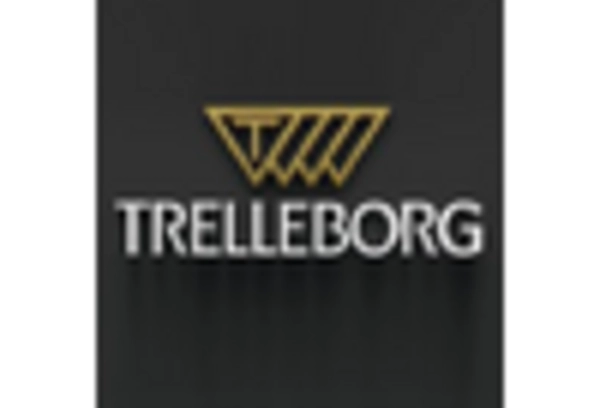









Leave a Comment